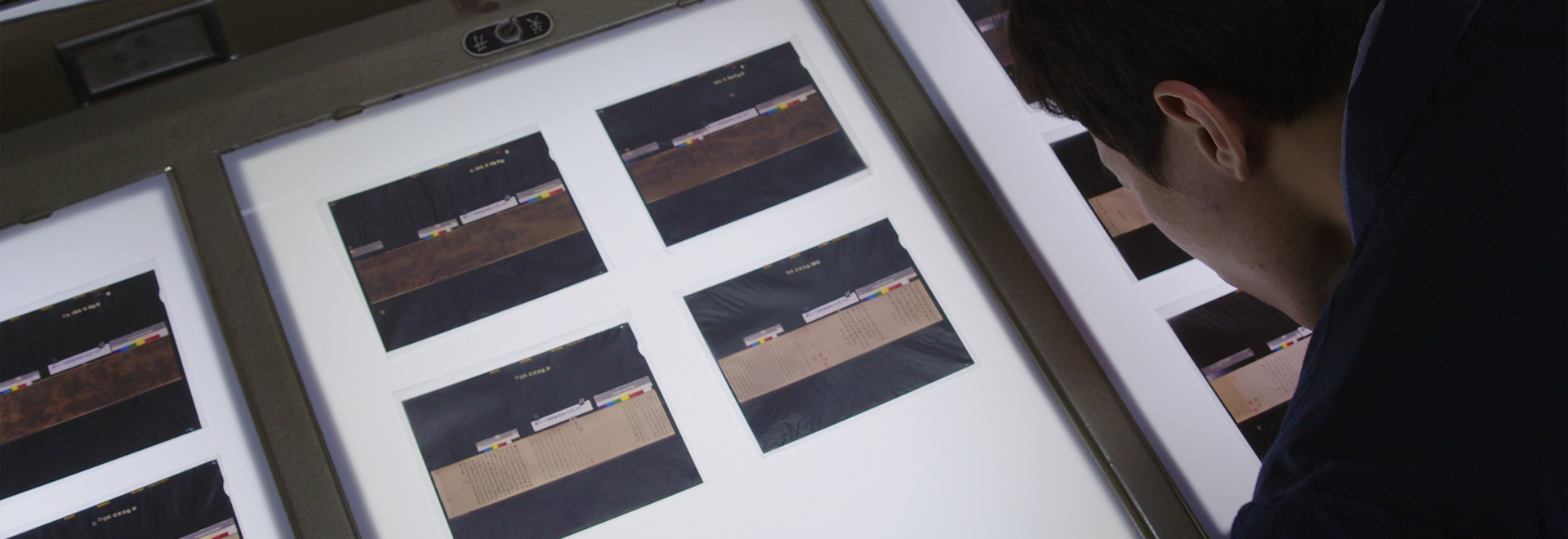The Forbidden City Society is a leading academic society under the management of the State Administration of Cultural Heritage and affiliated with the Palace Museum-which is under the governance of the Ministry of Culture-and is an independent scholarly organization. The society was first proposed in September of 1990 at an academic conference held in commemoration of the Forbidden City\'s 570th year and formally established in 1995 after approval by the Ministry of Civil Affairs. The first honorary presidents were Hou Renzhi, Chinese Academy of Sciences academician and Peking University professor; Zhang Bo, the renowned architect; Luo Zhewen, State Administration of Cultural Heritage ancient architecture research committee chair; Zheng Xiaoxie, Historic-Cultural Cities research committee vice-chair; and Zhou Ganzhi, China Academy of Sciences academician and China Academy of Engineering academician. Seven senior scholars served as advisers, including Fu Xinian, China Academy of Engineering academician, and Li Zhun, Beijing Municipal Commission of Urban Planning professor and senior architect. The presidency was shared by Shan Shiyuan, Palace Museum consultant and research fellow, and Yu Zhuoyun, Palace Museum professor-level senior engineer. The second year the society convened, Fu Xinian and Yu Zhuoyun were named as honorary presidents and Zhu Chengru, Palace Museum director, as president.
In accordance with regulations by the Ministry of Civil Affairs and society statutes, in May of 2005, society leaders and members held elections, which formed the third council. Zheng Xinmiao, vice-minister of the Ministry of Culture and Palace Museum director, was named as the new president with Jin Hongkui, Palace Museum deputy-director, as managing vice-president and Wu Liangyong-China Academy of Sciences academician, China Academy of Engineering academician, and Tsinghua University professor-as honorary president; additionally, many society consultants were added. Currently, there are over 200 society members representing universities, research institutes, and cultural protection administrations from across China, as well as sixteen organizations. The society consists of five focused research groups that concentrate on respective areas, namely, palace court architectural history, art, technology, preservation and use, and ancient architectural materials.
The objective of the society is to network with domestic and overseas researchers in the fields of ancient Chinese architecture, history, cultural relics, art, and natural sciences; to research the Palace Museum\'s architecture as well as places of worship, gardens, tombs, imperial residences, official institutions, and other sites related to the Ming and Qing imperial courts; and progressively establish Forbidden City Studies. Forbidden City Studies is an integral part of Gugong Studies and the core of Gugong Studies research.
The society serves various purposes, including, theoretical research, scholarly exchange, professional training, publication, exhibition, international cooperation, and consultation throughout China.
On May 19, 2006, the society\'s third member conference convened, electing Zheng Xinmiao as president, Jin Hongkui as managing vice-president, Wang Qiheng and others as committee chairs, and Wan Yi and others as trustees.



